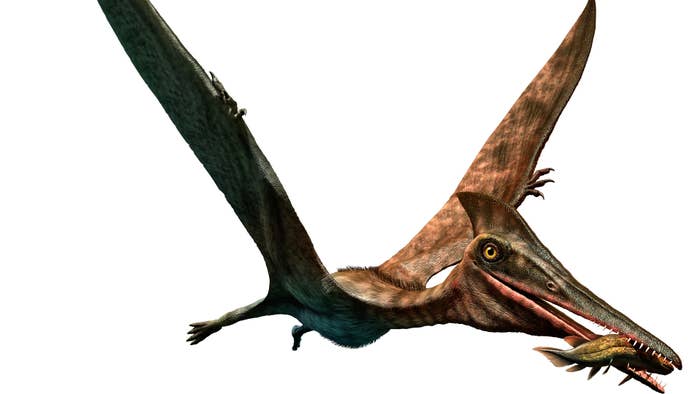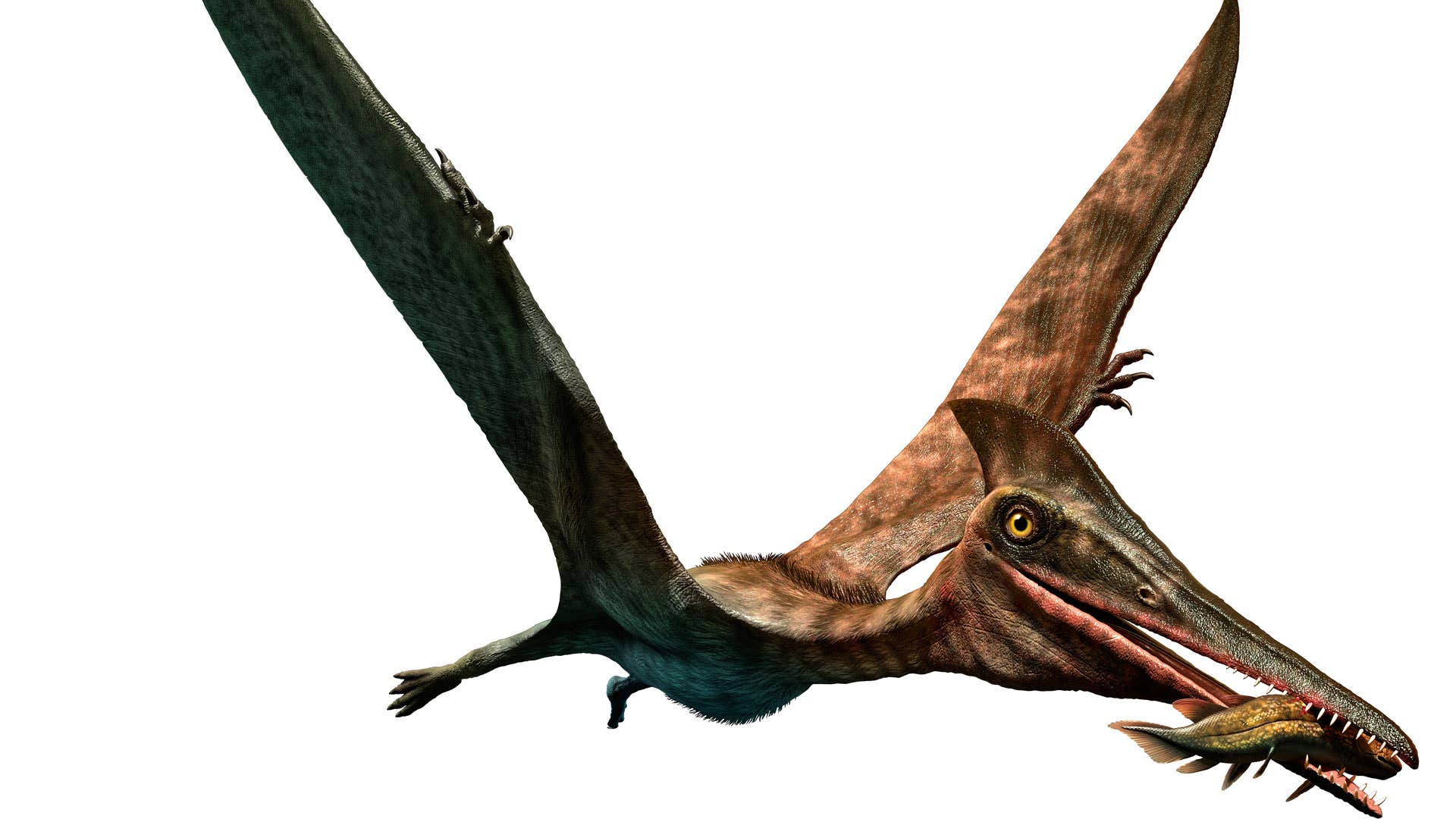
For years paleontologists have wondered, as we all have, how gigantic flying azhdarchid pterosaurs could have been able to carry away large prey while simultaneously supporting their pencil necks. Now the mystery has been solved. No more tossing and turning at night.
As uncovered by researchers from England’s Portsmouth University, the flying reptiles, which double as the largest flying creatures to ever exist, had necks longer than a giraffe’s. All the info in this article was preceded by those same researchers pulling CT scans of unsullied remains that were found in Morocco.
This discovery was published in iScience, paired with an image that showed the creatures’ necks resembling a bike wheel due to their spoke-like structures:
Scientists believe the “lightweight” build of the necks provided strength without hindering flight ability.
A professor of paleobiology at Portsmouth, Dr. Dave Martill, explained things while also having actual credibility on the subject.
“It is unlike anything seen previously in a vertebra of any animal,” Martill said. “The neural tube is placed centrally within the vertebra, and is connected to the external wall via a number of thin rod-like trabeculae, radially arranged like the spokes of a bicycle wheel, and helically arranged along the length of the vertebra. They even cross over like the spokes of a bicycle wheel. Evolution shaped these creatures into awesome, breathtakingly efficient flyers.”
Researchers had intended to learn more about pterosaur neck shapes/movements, but the ability to look into it with a CT scan proved too tempting to pass up.
Further analysis concluded that just 50 of the “spokes” in the animal’s neck could increase resistance to bending by 90 percent.
The author with top billing on the report, University of Illinois at Urbana-Champaign PhD student Cariad Williams, put things into perspective.
“These animals have ridiculously long necks, and in some species the fifth vertebra from the head is as long as the animal’s body,” said Williams. “It makes a giraffe look perfectly normal. We wanted to know a bit about how this incredibly long neck functioned, as it seems to have very little mobility between each vertebra.”
Pterosaurs began taking to the skies around the end of the Triassic period (237 million years ago) but got taken out when the Cretaceous period wrapped (66 million years ago) by the same thing that wiped out the dinosaurs. Also they’re not dinosaurs (good segue) and that image at the top is a pterodactylus, which is an extinct genus of...you know what, going to guess you don’t care. Blame that on the legal stuff websites have to adhere to.
Here’s an artist rendition of everything you read about up until those last couple sentences:

